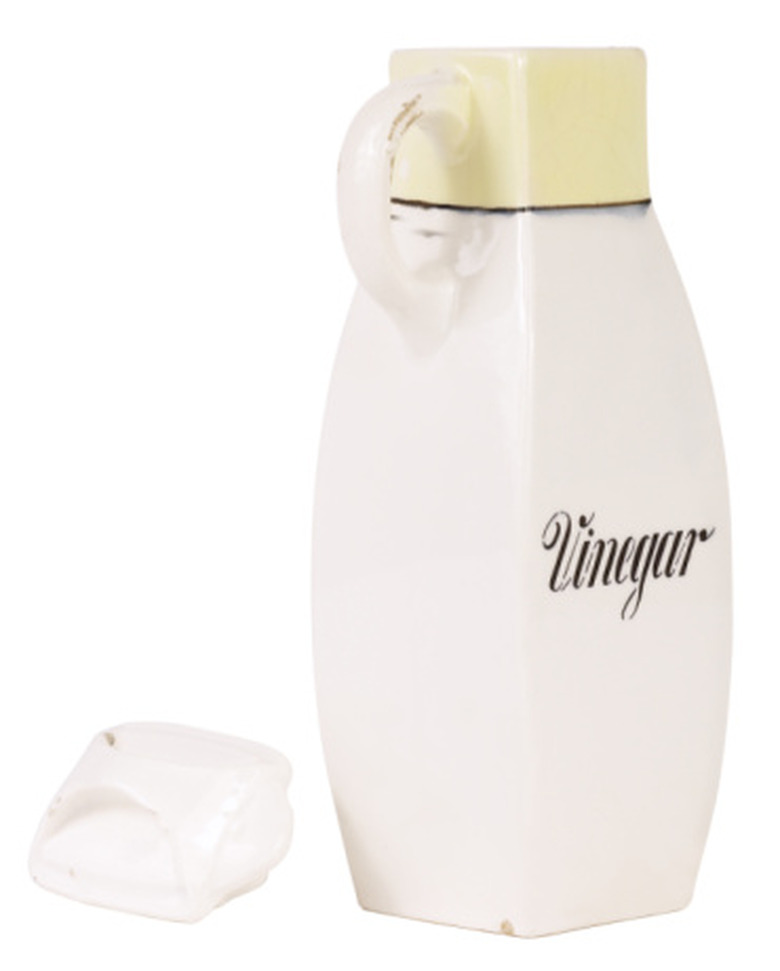How To Fertilize Plants With Apple-Cider Vinegar
Plants that thrive in acidic soils such as rhododendrons, azaleas and gardenias will benefit from the use of apple-cider vinegar as fertilizer. Acid-loving plants need soil with a pH level of 4.0 to 5.0 to thrive. The pH, or level of acid and alkaline in the soil, is important, as it determines the amount of hydrogen the plants will receive. You can increase the acidity in soil and fertilize plants with apple-cider vinegar in your garden and feed cut flowers to keep them fresh longer.
Step 1
Combine 1 cup of apple-cider vinegar with 1 gallon of warm water in the watering can. Pour the mixture over the plant soil to increase the iron level and acidity of the soil.
Step 2
Mix 1 cup of vinegar and 1/2 gallon of water in a bucket. Mix 1 cup of sugar and 1/2 gallon of water in another bucket. Combine both mixtures in the plastic container with sprayer. Spray the plants with the vinegar and sugar mixture to increase plant nutrients.
- Plants that thrive in acidic soils such as rhododendrons, azaleas and gardenias will benefit from the use of apple-cider vinegar as fertilizer.
- Combine 1 cup of apple-cider vinegar with 1 gallon of warm water in the watering can.
Step 3
Add 2 tbsp. of sugar and 2 tbsp. of vinegar to the water in a vase of fresh-cut gardenias or other flowers that grow in a low pH environment. According to The Vinegar Institute, this solution keeps your cut flowers fresh for a longer period.
Fertilize Plants With Apple Cider Vinegar
Both apple cider vinegar and white vinegar have places in organic gardening. It can be used as a fertilizer to maintain healthy plants. Because apple cider vinegar is acidic, however, it is best to use it as a fertilizer for only acid-loving plants, such as blueberry bushes, gardenias and azaleas. Fill the rest of the 10-gallon bucket with water. Using 1 ounce of apple cider vinegar for every 1 gallon of water is ideal, but the ratio does not have to be precise to obtain good results.
- of vinegar to the water in a vase of fresh-cut gardenias or other flowers that grow in a low pH environment.
- According to The Vinegar Institute, this solution keeps your cut flowers fresh for a longer period.
Things Needed
- Apple-cider vinegar
- Water
- Watering can
- Buckets
- Plastic container with sprayer, 2-gallon
- Sugar
- Measuring cups
- Measuring spoons
Tip
Apple-cider vinegar comes from the acid fermentation of the fruit. Don't pour straight vinegar onto the soil or plants, as this will deprive the plants of nutrients.
